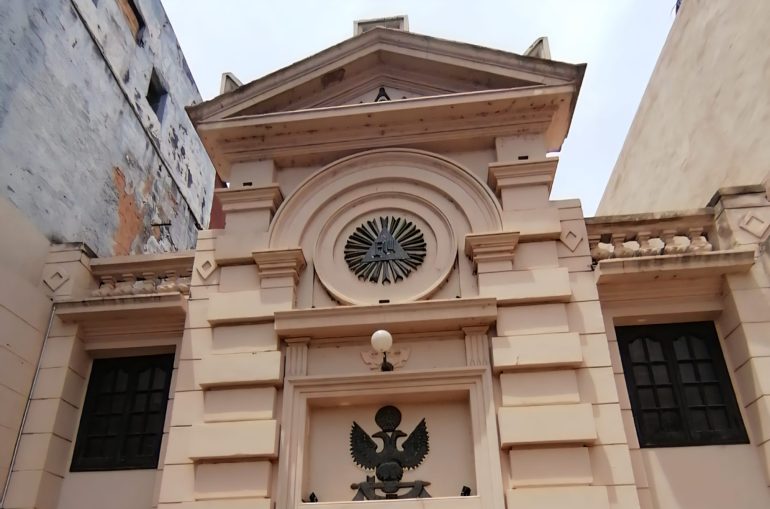Paraguay’s National Secretariat of Tourism (SENATUR) offered a captivating free tour titled “Asunción and Its Secrets” in July, giving a select group the chance to explore the city’s most emblematic sites linked to Freemasonry. If you missed the event, do not worry: this self-guided walking tour lets you experience Asunción’s Masonic legacy for yourself.
All the landmarks featured are within the capital’s historic city centre, making it ideal for exploration on foot.
What is Freemasonry?
Before starting your walk, it is helpful to understand Freemasonry, one of the world’s oldest fraternal organisations, based on values like integrity, charity, and fraternity. It is not a religion or political group, but a philosophical order that encourages personal growth, civic virtue, and ethical living through symbols like the square and compass.
Despite popular myths, Freemasonry is a discreet, not secret, organisation promoting tolerance and service to humanity. In Paraguay, its presence dates back to 1869 with the arrival of British Freemasons aboard the Locust.
Officially recognised by the United Grand Lodge of England in 1910, the Grand Symbolic Lodge of Paraguay (GSLP) now has over 3,500 members and more than 100 lodges. Its headquarters in Asunción is among the most notable Masonic buildings in Latin America.
The Masonic and historical landmarks
Monument to the National Constitution of 1870
Location: Plaza de la Constitución
Inaugurated on 3 February 1873, this is thought to be Paraguay’s oldest national monument. It honours the 1870 Constitution and was designed by Polish engineer Roberto Chodasiewicz. The surrounding colonial cannons and chains, recovered from the Yhaguy River, symbolise defence and national resilience.
National Pantheon of the Heroes
Location: Palma and Chile Streets
This neoclassical mausoleum holds the remains of iconic figures, including Marshal Francisco Solano López and President Carlos Antonio López. Commissioned in 1863, construction was halted by war and only resumed decades later. The Latin inscription “Fides et Patria” (Faith and Homeland) and plaques from international dignitaries echo the Masonic principles of honour and unity.
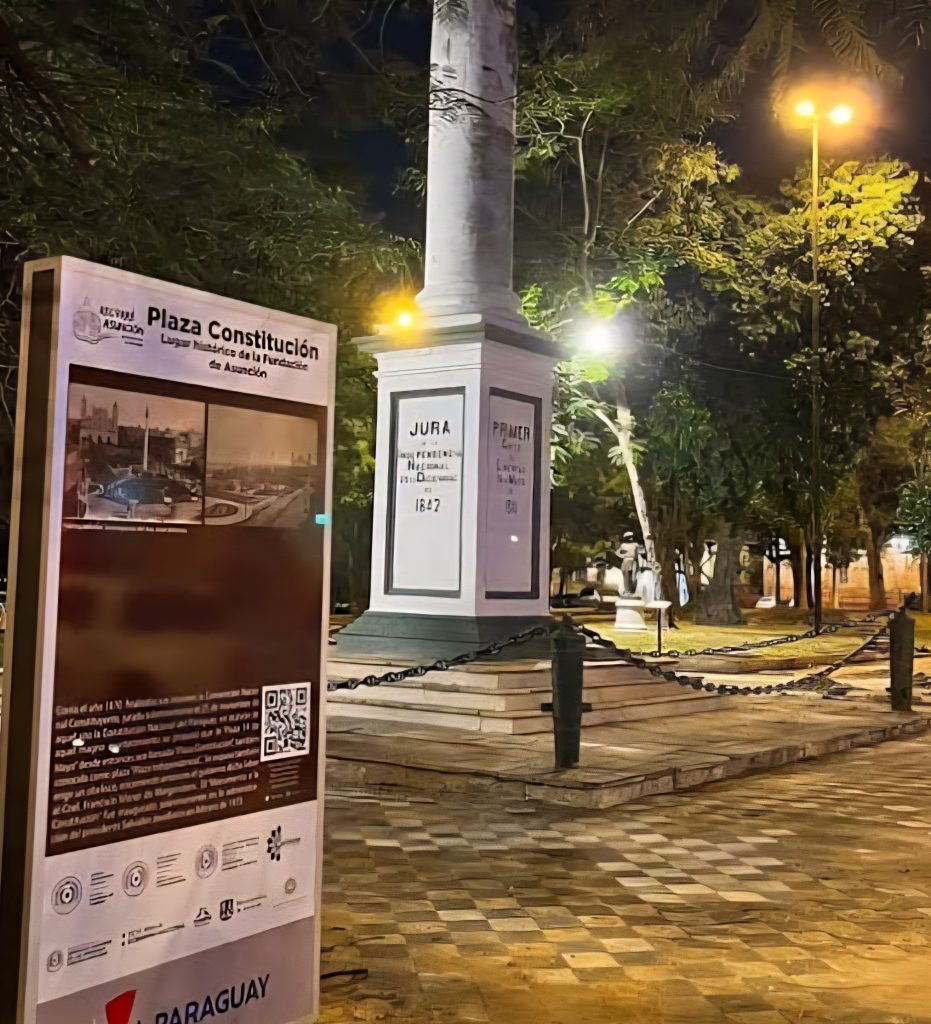
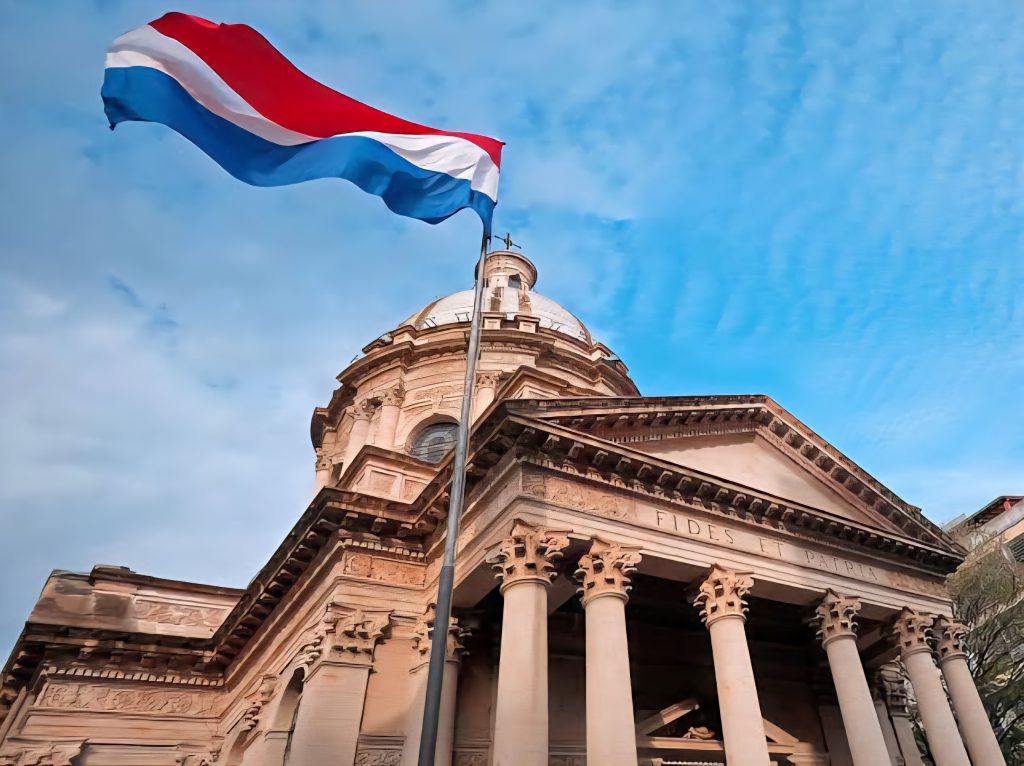
Palacete Alegre
Location: Palma and Chile Streets
Built in the 1920s by Spanish merchant Juan Alegre, this Catalan-inspired structure once housed the El Paraíso shop and later, the Ministry of Finance. It is set to become a cultural museum, reinforcing its legacy as a space for civic and intellectual engagement, values cherished by Freemasons.
Vice-Presidency of the Republic
Location: Juan O’Leary N° 222 and Presidente Franco
Designed by Swedish architect Carl Gustav Rehnfeldt around 1888, this palace was originally built for Brazilian Colonel Pacífico de Vargas. It later became a library, museum, and since 2004, the seat of Paraguay’s Vice-Presidency. The building’s neoclassical style exemplifies the reconstruction era after the War of the Triple Alliance.
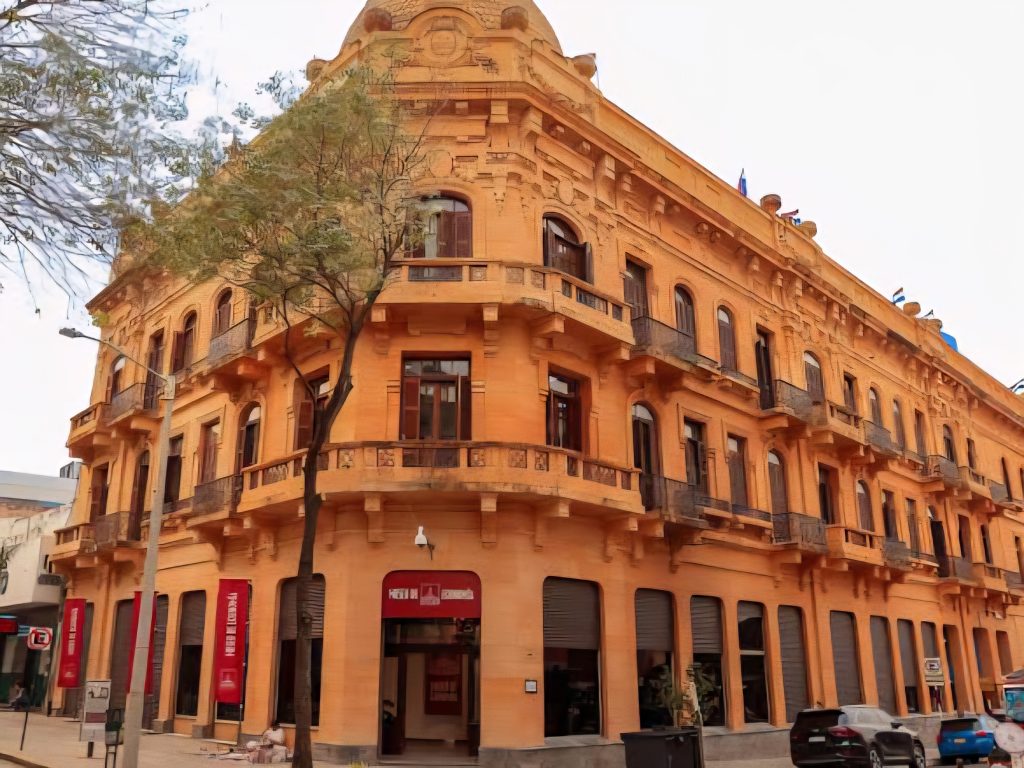
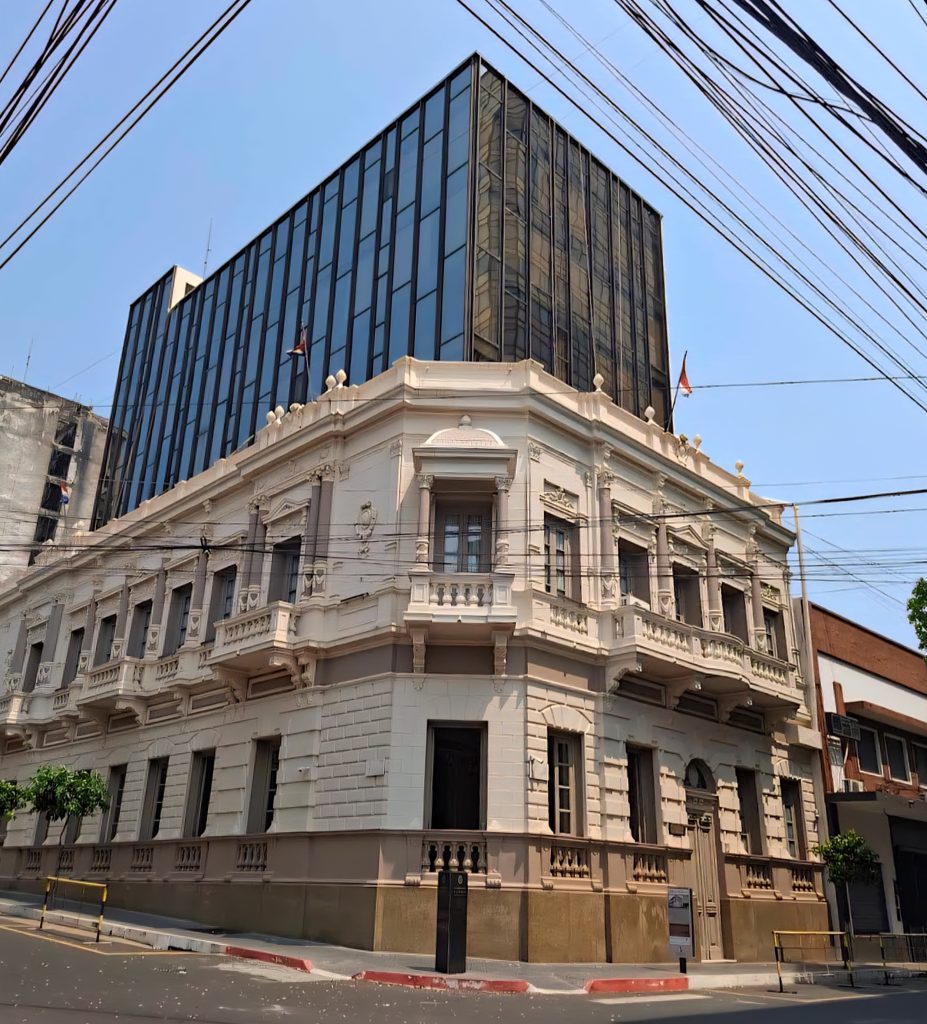
Cultural landmarks
Ignacio A. Pane Municipal Theatre
Location: Presidente Franco Street
Established in 1855 under President Carlos Antonio López, this is the city’s oldest theatre. With 700 seats and a horseshoe-shaped layout, it reflects Asunción’s cultural evolution. Restored in the 1990s, the theatre remains a symbol of artistic growth, a concept closely linked to the Masonic ideal of pursuing truth and beauty.
Cañas Paraguayas S.A. (CAPASA)
Location: José Garibaldi Street
Constructed in 1904 in a Neoclassical style, this building served as Asunción’s first municipal palace and later housed the Ministry of War and the Faculty of Medicine. Today, it is the headquarters of CAPASA, a producer of cane spirits. Visitors can sample products and enjoy the architectural beauty of a space now declared a historical monument.
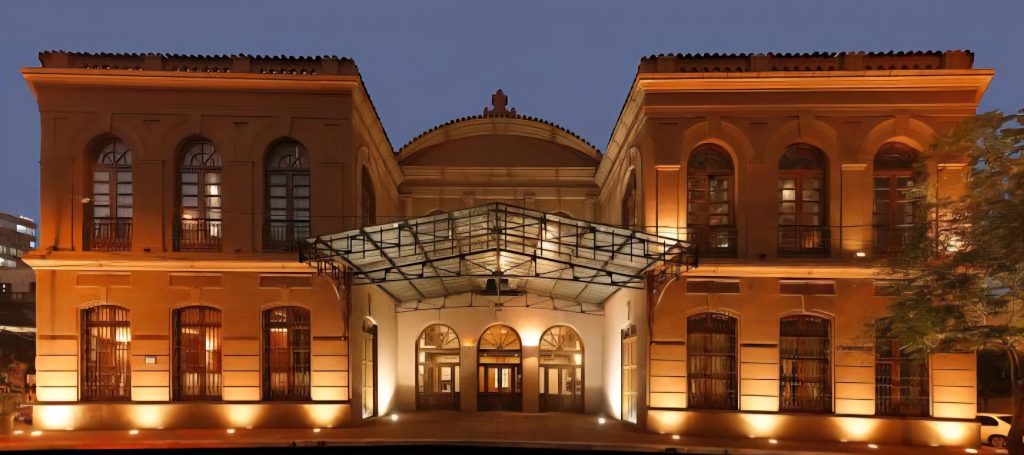
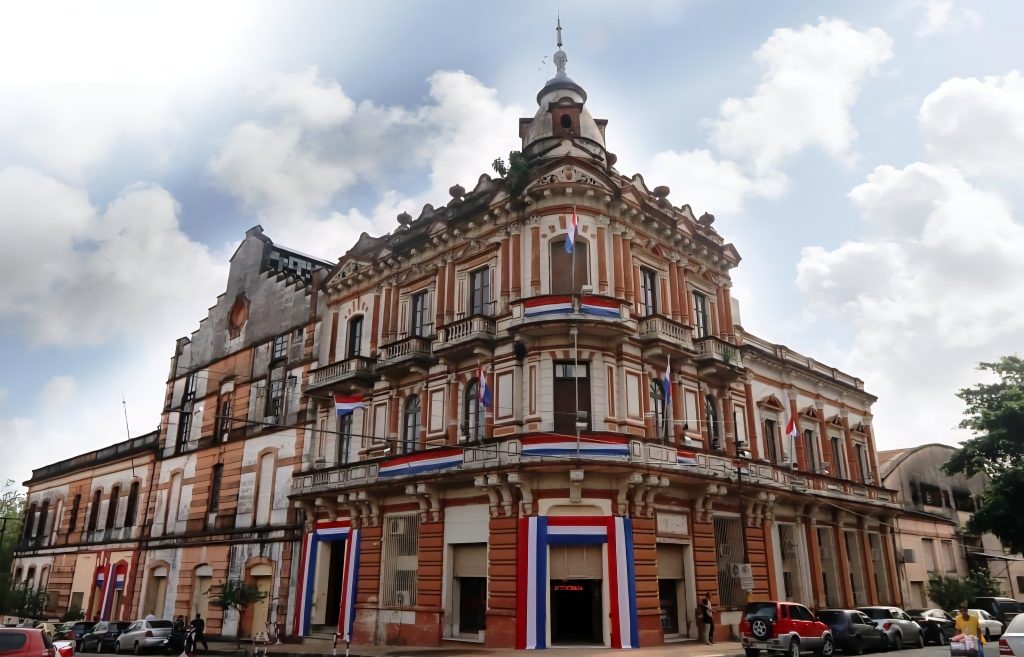
Masonic temple and museum
Masonic Temple of Palma
Location: Palma Street
Acquired in 1899 and designed by Ricardo Lloret, this temple is regarded as one of South America’s most beautiful. It played a vital role during the 1918 Spanish Flu and the Chaco War, offering care and support to the community. Restored in 2018, it continues to symbolise the charitable mission of Freemasonry in Paraguay.
Masonic Museum of Paraguay
Location: Azara Street
Opened on 19 July, 2025, the Masonic Museum offers a unique glimpse into the symbolic world of Paraguayan Freemasonry. With over 300 historical artefacts, it traces the order’s discreet yet impactful role in shaping the nation’s political and cultural development.
Impact of Paraguayan masonic history
This tour is more than a route; it is a reflective journey through the heart of Paraguay’s capital. Each site offers insight into the intertwined legacies of politics, architecture, and spiritual ideals. From ornate domes to solemn mausoleums, these landmarks embody stories of resistance, vision, and moral pursuit.
Exploring Asunción through its Masonic history invites you to see the city from a new perspective: one where architecture, mystery, and civic values meet. For maps or further details, visit SENATUR’s official pages or the GSLP’s social media accounts. You might find that beneath the surface of stone and marble lie ideals still shaping the nation today.

